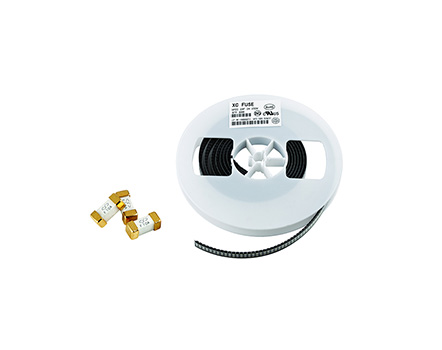
Firstly, what is a fuse? Fuses are made of low melting point alloys, commonly used as alloys of lead and tin (75% lead and 25% tin), as well as alloys of lead, tin, and lead antimony. Generally, fuses are installed in fuse boxes (fuses) or knife switches and connected in series in the circuit. When the current in the circuit is too high, due to the thermal effect of the current, the fuse first melts and is burned out, causing the circuit to automatically cut off, thereby protecting the safety of the power supply and electrical equipment. The rated current of a fuse (the maximum allowed current) and the fusing current (the minimum current that causes the fuse to blow) are its two important parameters, and its fusing current is generally about twice the rated current. The selection of the rated current of the fuse should be correct, so that it does not blow during normal power consumption of the circuit. In case of severe overload or short circuit, it will immediately blow and automatically cut off the circuit. If the fuse is too thick, it will not protect the circuit. If it is too thin, it will also affect normal electricity consumption. The selection of fuses should pay attention to the following four points: 1. The current and voltage passing through the fuse in your product circuit depend on the fuse current and voltage you want to choose. 2. The characteristics and requirements of your circuit determine whether to choose a fast break or slow break fuse when it blows. For circuits that generate pulses, slow break is generally chosen, while for pure resistive circuits, slow break is generally chosen. 3. At the same time, it is necessary to consider the impact of environmental temperature in the product circuit on the lifespan of the fuse. 4. Design the size of the space to determine the size of the fuse
Read recommendations:
Small volume 0603 series minimum current patch recoverable fuse.resettable fuse 12v
battery charger fuse size.How to Select Low Voltage Fuses with Chip Mounts